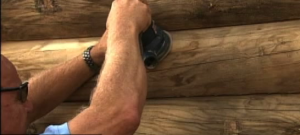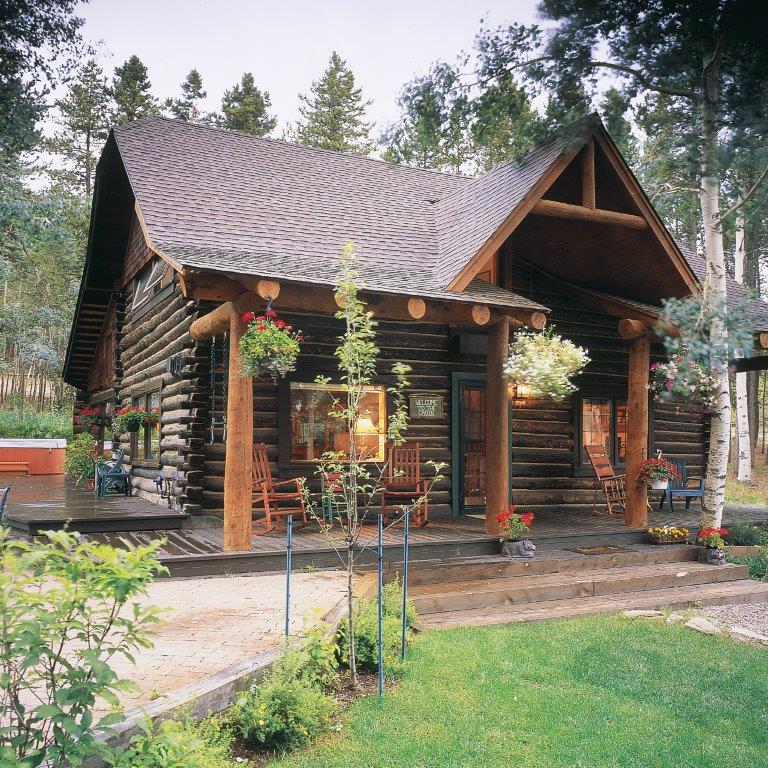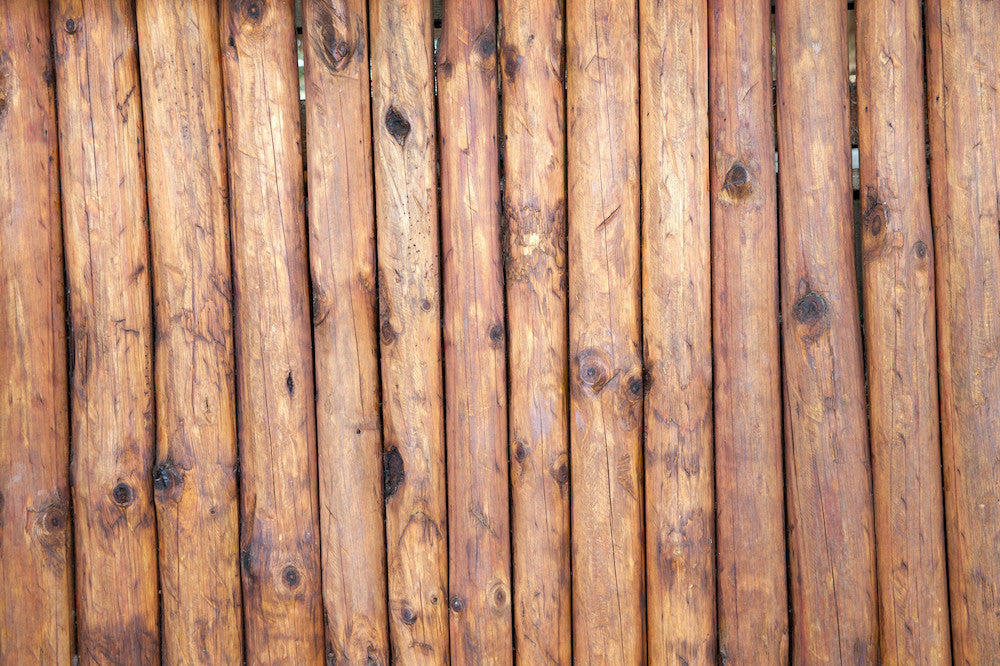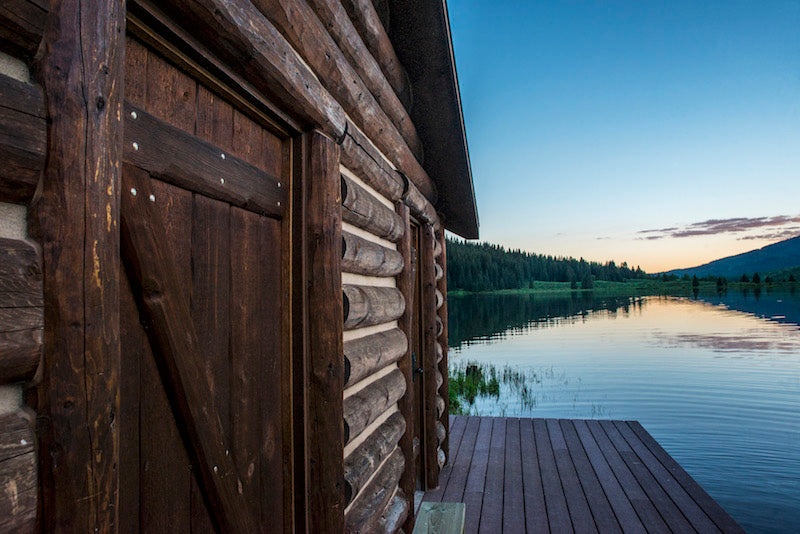How Do I Clean My Logs?

There are generally two scenarios for when you will want to clean the logs of your log home. The first is right after new construction, before you stain them. The second is cleaning the logs after they have already been stained, or if they are aged and untreated—an important part of proper log home maintenance.
Cleaning New Unstained Logs
Usually right after new construction is when you’ll have the occasion to need to clean unstained logs. The process of constructing a home can leave various grime and residue on logs as well as marks from straps and chains used to hoist the logs into place. This cleaning can be accomplished in a variety of ways. If sanding, all you need is a palm sander and 60-90 grit sandpaper. It may take a while, but it does not require any special setup or expensive equipment. Another advantage to sanding is that it does not wet the logs, which would incur drying time.
Other cleaning techniques include media blasting, chemical cleaning or pressure washing. If you are using chemical cleaners, it is very important to follow the manufacturer’s instructions. If using a pressure washer, keep the nozzle a safe distance away from the surface of the wood, otherwise you may raise the grain or cause fuzzing. The ends of all the logs need to be sanded as well.
Use water to wash the logs, taking care to make sure all the chemical cleaning material is removed. After washing, allow the logs to dry to 18% or less surface moisture, which is thoroughly dry. By checking the surface of the logs for a neutral pH rating of 6-8, you can ensure all the chemical residue has been removed.
If you are patient and painstaking during this cleaning process, the following stain finish will be of much higher quality.
Cleaning Existing Stained Logs
For wood that has been previously stained, or untreated aged wood, the wood surface must be cleaned and all damaged untreated wood fibers and/or stained surfaces must be removed. This can be done by sanding, pressure washing, corn blasting or by using chemical cleaners and strippers.
Corn blasting is one of the most thorough ways to clean the logs, and is environmentally safe, but it is messy and requires expensive equipment. Chemical cleaners are thorough and will leave you with bare wood, but they are messy to use and can kill nearby plants and shrubs. Again, if you use chemical cleaners, check that all cleaners have been removed by checking for a neutral pH of 6-8 on the surface of the logs. Allow logs to dry to 18% or less surface moisture.
There are many different methods available for cleaning the logs of your home, whether they're brand new from construction, or older weathered logs that have already been stained or treated in the past.
When deciding which method to use, be sure to consider all the factors including the pros and cons of each method. With a little research you are sure to find the method that works best for your situation.





